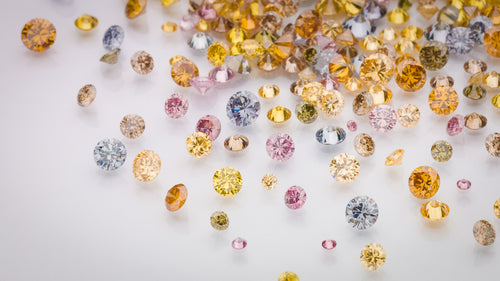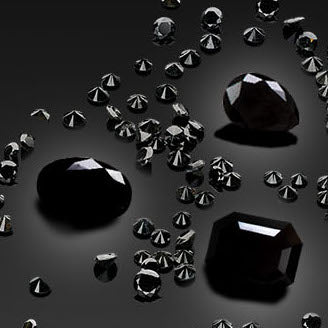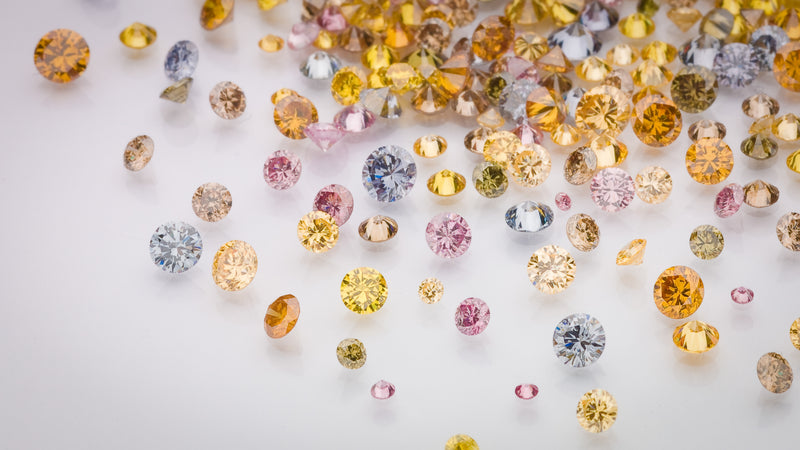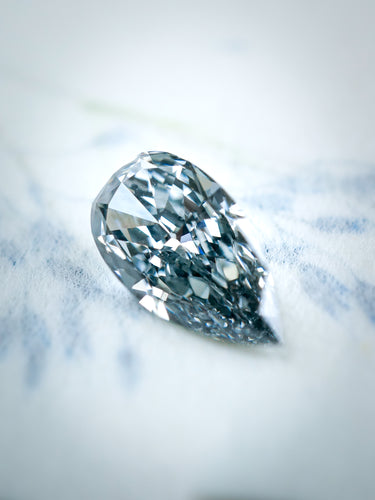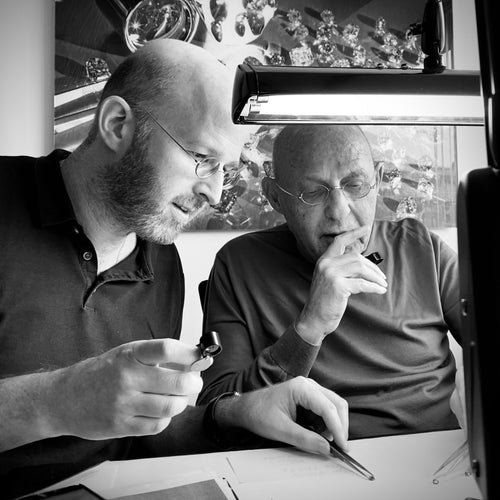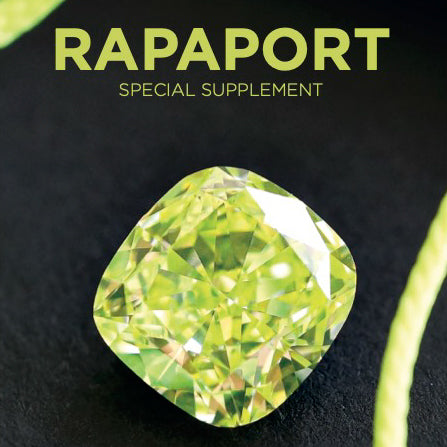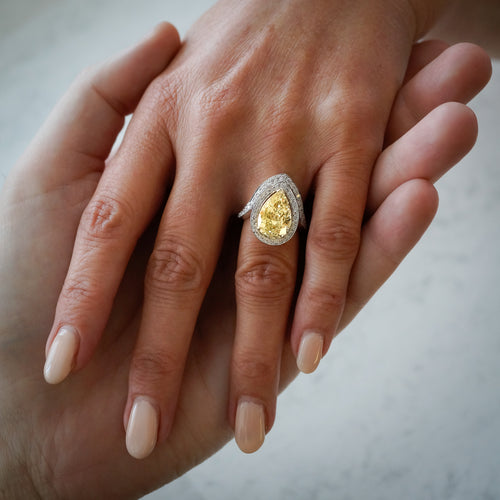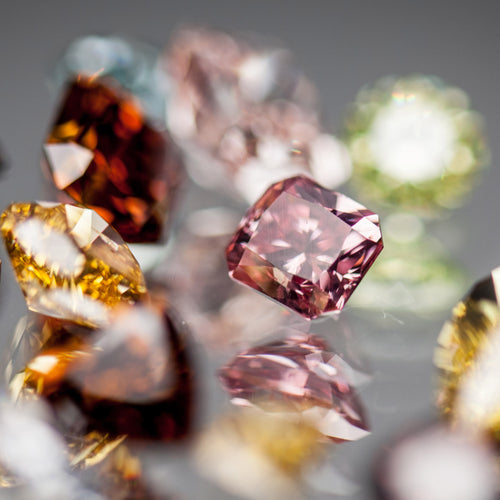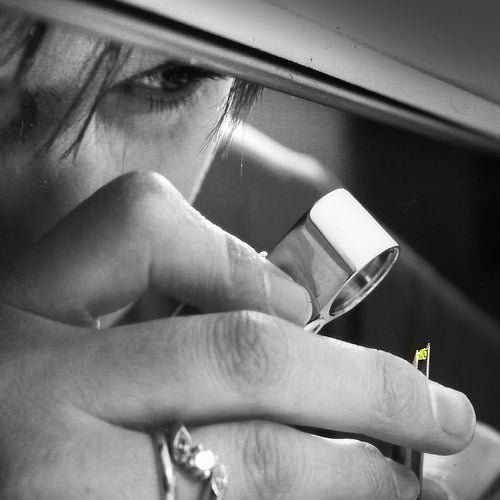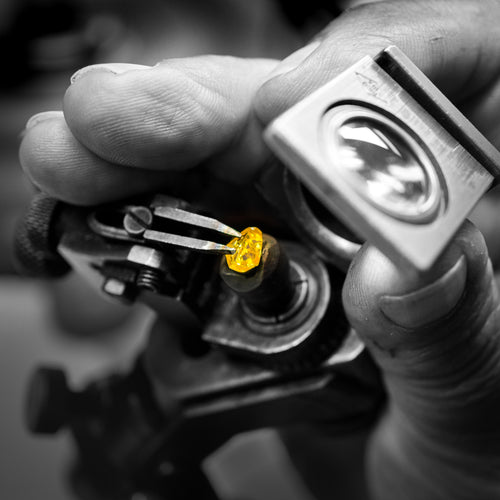During the Second World War, people quickly understood that diamonds were one of the best ways to concentrate money in a small volume with which they could escape. This phenomenon continued after the war, but the arrival of American money and the post-war economic recovery were the two main factors that contributed to the democratization of diamonds.
With the hyperinflation that followed the 1973 oil crisis, people sought means to protect their assets from financial erosion and once again turned to diamonds.
However, the concentration, since the 20th century, of the great majority of world production in the hands of De Beers, this company's monopolistic control over prices and its sustained marketing campaigns had all "educated" consumers to buy only the types of stones that De Beers produced in greatest quantity: colorless diamonds. This policy had a disastrous effect on the market for color diamonds, which were, as a result, cast aside as waste. Let us not forget that until the 1920’s, diamonds were sold without any classification or qualitative color hierarchy, and that color diamonds - many of which came from Brazil - were relatively common on the market.
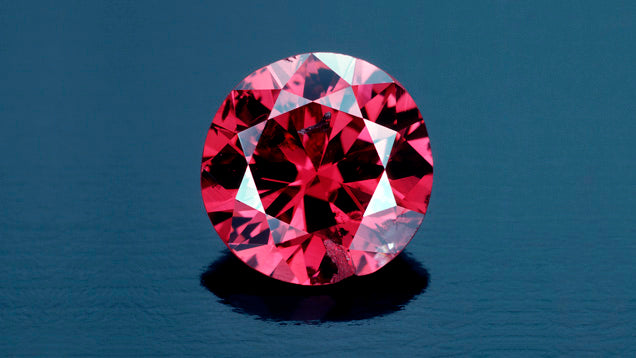
It isn't until the 1970's that a small number of large diamond dealers and passionate collectors started re-discovering these very rare and beautiful stones. World attention was finally brought to the rarity and value of colored diamonds in 1987 when Christie's sold a very flawed, reddish, 0.95-carat stone for the astronomical sum of $880,000 (plus the 10% commission)!
